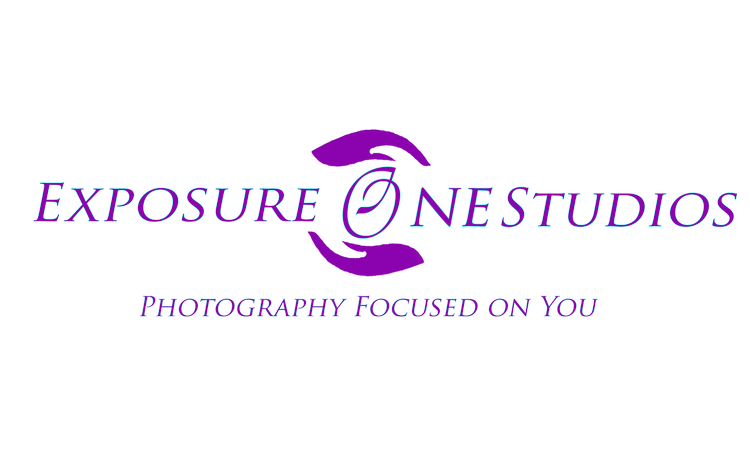Like all careers, jobs, and professions there are just intrinsic things you should know. Terminology that will allow you not only to grow in the field but converse with others in the field as well.
Language is a huge part of life and not knowing important terms can make you appear green, inept, and sometimes even unprofessional. Now I am not saying you need to know every little thing, every obscure term but common knowledge items are absolutely a must.
As a photographer I have had to learn these terms usually as I was learning a new skill to the point I do not even think of them as photography terminology they are just everyday terms to me. Yet when I catch myself describing something simple to someone not in my field and see their blank look I realize my normal everyday terms usually only make sense to pros in the same field.
20 Photography Terms to Know As A Photographer
Aperature: The size of the opening in your lens that lets light through. This is where the math comes in with the f/numbers. The lower the F number the wider the opening. The higher the F number the smaller the opening.
Aspect Ratio: This refers to the width and the height of the image, usually in reference to sensors. 4x6, 1x1, etc.
Bokeh: This refers to the blurred elements within an image. Most photographers strive for smooth bokeh to keep the eye from being distracted in the image.
Crop Sensor: Is smaller than full frame, usually a cheaper camera, and makes the focal length of the lens longer.
Depth of Field: Refers to have much of the image is in focus.
DSLR | Mirrorless: DSLR stands for digital single lens reflex. This is a camera in which light passes through a series of mirrors to the viewfinder. They are desirable because they show the image as the lens sees it. Mirrorless is what it sounds like, a camera that does not use mirrors but rather a tiny monitor in place of the optical viewfinder. These are becoming more desirable and industry standard.
Exposure: How light or dark an image is. Determined by a combination of shutter speed, aperture, and ISO. Also a term used in place of image: Photographers make an exposure.
Focal Length: How zoomed in a lens is. Wide angles of 14mm all the way to telephoto lengths of 200mm +.
Focal Distance: Corresponds to the point of the image in which elements are rendered at maximum sharpness.
F-Stop: Correlates to the lens and how small or widely it can open to allow light in to create an image. Smaller the F number wider the opening vs the higher the number the smaller the opening. Wider openings allow more light and thus are usually considered low light f-stops.
Full Frame: Has a sensor of 36x24 mm and is the standard when compared to other sensor sizes.
ISO: Is the sensitivity of the camera to light. Low ISO (100, 200) indicate low sensitivity therefore needing more light to make an image. High ISO such as 6400 require less light to make an image, the trade off however is the higher ISO the more noise created.
Noise: Usually refers to the level of graininess, and lower detail. Fluctuations in colors, brightness on the pixel level and is undesirable in images.
Prime Lens: A lens with a single, fixed focal length. To gain optimal use you must physically move your body further away or closer to the subject. These lenses are lighter and usually much more affordable than zoom lenses.
RAW: Data taken from the sensor without any sort of image processing applied. These are bigger sized images than JPGs created by cameras and allow photographers more creative range in post-processing and higher image quality.
Resolution: Total amount of pixels in an image. Higher resolution can render more detail in a photo.
Rule of Thirds: Often called the Golden Rule. It is a standard of composition photographers often follow when creating an image. Essentially dividing a frame into equal vertical and horizontal lines and placing the point of focus where those lines intersect.
Sync Speed:Refers to the fastest shutter speed in which a camera can sync with a flash. Typically around 1/200s.
Shutter Speed: Refers to how long the cameras shutter is open for. Longer shutters speeds 1/10, 1/3 allow more light in but will result in blurring of anything moving during the exposure. Shorter shutter speeds 1/200, 1/1000 lets in less light but does a better job stopping motion.
Zoom Lens: Has more veritable lengths resulting in more weight and complex designs. They often sell for higher prices, are larger in size, are not as sharp as prime lenses and have smaller apertures.
While not a comprehensive list this is a great place to start. There are many more terms in photography, relating to even more of the technology needed to be a photographer. In my many years these are the most common terms I referred too.


